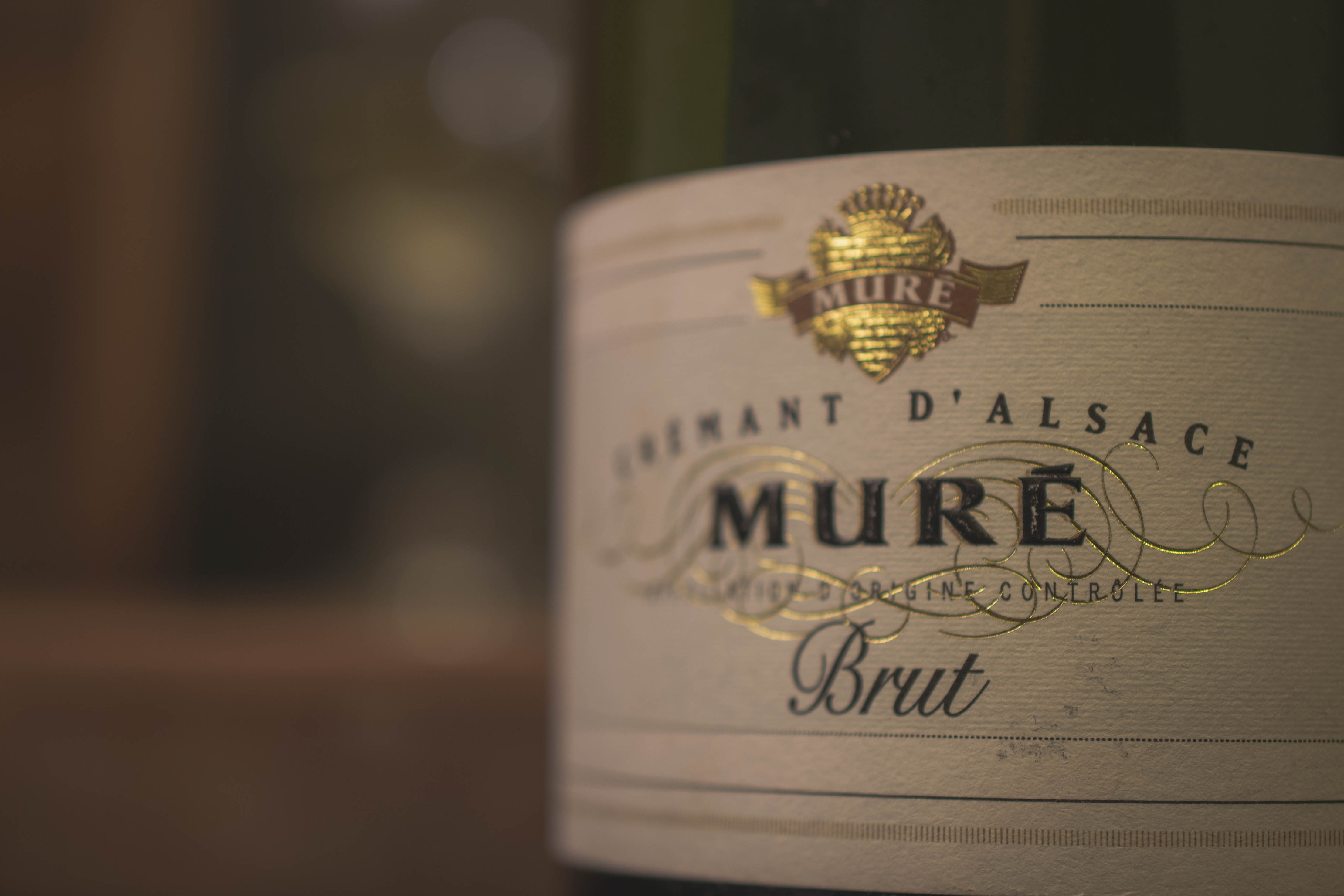Last month I wrote a review on Muré Cremant d’Alsace, it was the final selection in our quest to find an Alsatian sparkling for the wine list at work, but it wasn’t the only one we tried. There were at least two others, Camille Braun Cremant d’Alsace, a wine we’ve carried in the past, and Joseph Cattin Cremant d’Alsace. Okay, there’s no way this won’t sound like bragging, and if I’m being honest it kind of is, but any day you have to come into work and try multiple samples of one of your favorite styles of wine, well that, my friend, is a good day.

Domaine Joseph Cattin was founded in 1720 by François Cattin, a Swiss builder who relocated to the Alsatian village of Voegtlinshoffen. The winery has been passed down through the family for 11 generations to today, where it is operated by Jacques Cattin and his wife, Anaïs. They have more than 65 ha (160ish acres) of vineyard spread across 3 sites, near the villages of Voegtlinshoffen, Steinbach, and Colmar. Also, since I’m always judging producer’s online presence, it seems worth noting that Joseph Cattin has a well-designed, user friendly, website.
The wine is a blend of hand-harvested Pinot Blanc and Auxerrois grapes. More than some of the other cremant d’Alsace I’ve had in the past, this wine had a distinct tropical flavor for me. There was also a clear evolution of flavors as the wine crossed the palate, moving from crisp and fruity to a more biscuity/ yeasty flavor that is generally associated with autolysis. These bready flavors are often cited in sparkling wines produced in the traditional method, though to be honest I rarely taste them with the same intensity they are described in tasting notes. In the case of this wine, it is just the opposite; the producer’s tasting notes make no comment on flavors associated with autolysis, though I found them more prominent here than in most Champagne I’ve encountered.

While we ultimately went with the Muré Cremant d’Alsace for our wine list, I would have happily chosen the Joseph Cattin. The goal for us was to find something reminiscent of Champagne, and we did that. Texture was an important component in our decision and the Muré Cremant d’Alsace was able to deliver a creamier mousse, which gave it the advantage. However, if our goal had been to teach to the nuances of sparkling wine, I believe Joseph Cattin would have had the advantage (at least for me) based on the structure of its flavor. If you’ve never experienced these biscuity, bready, yeasty, flavors in a wine, I’d recommend picking up a bottle.










